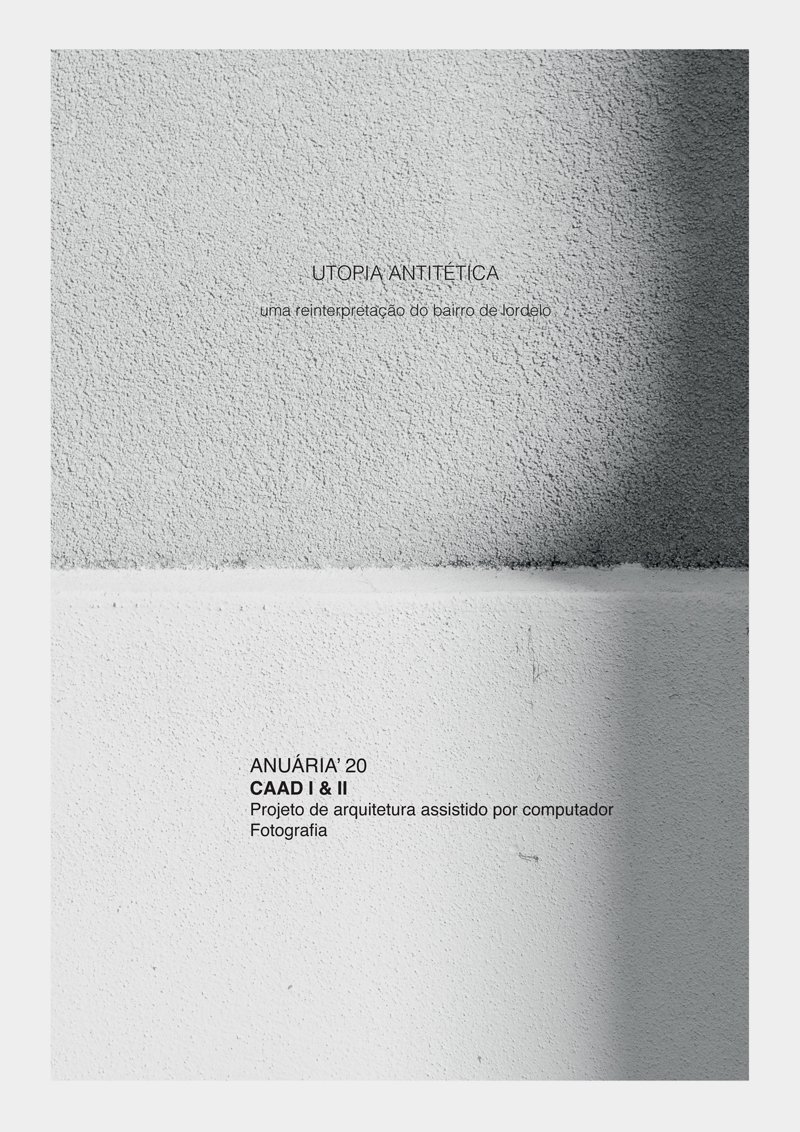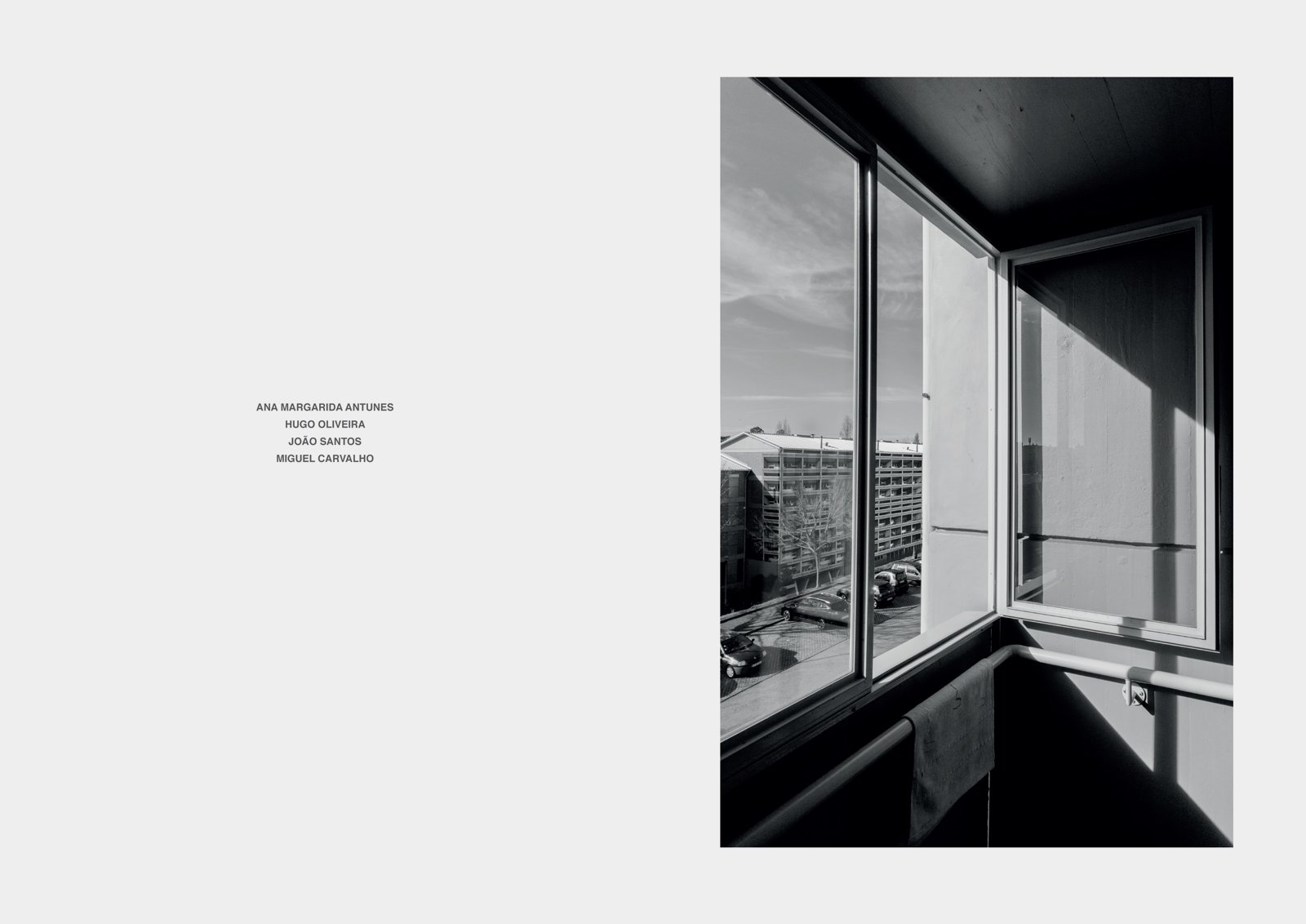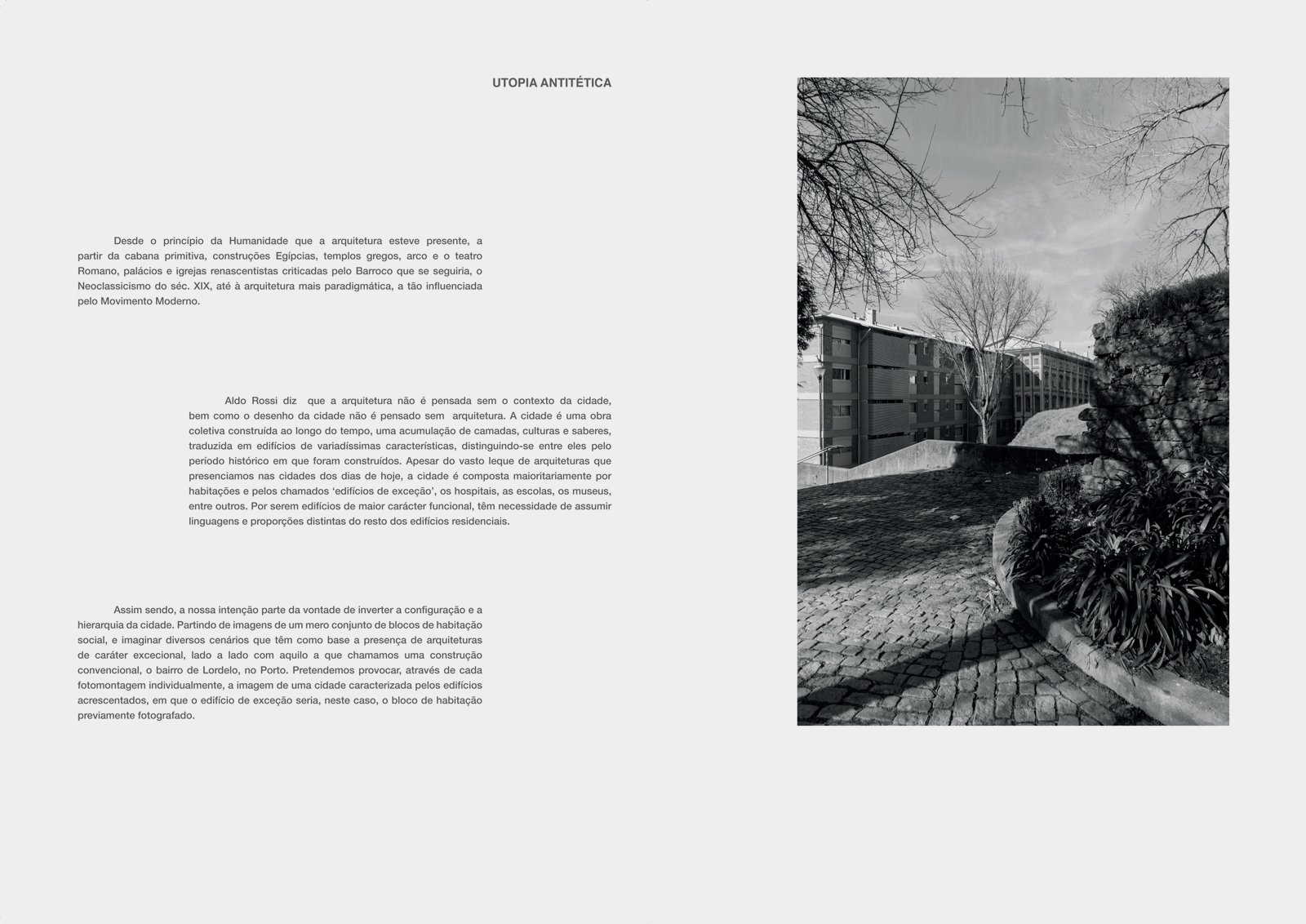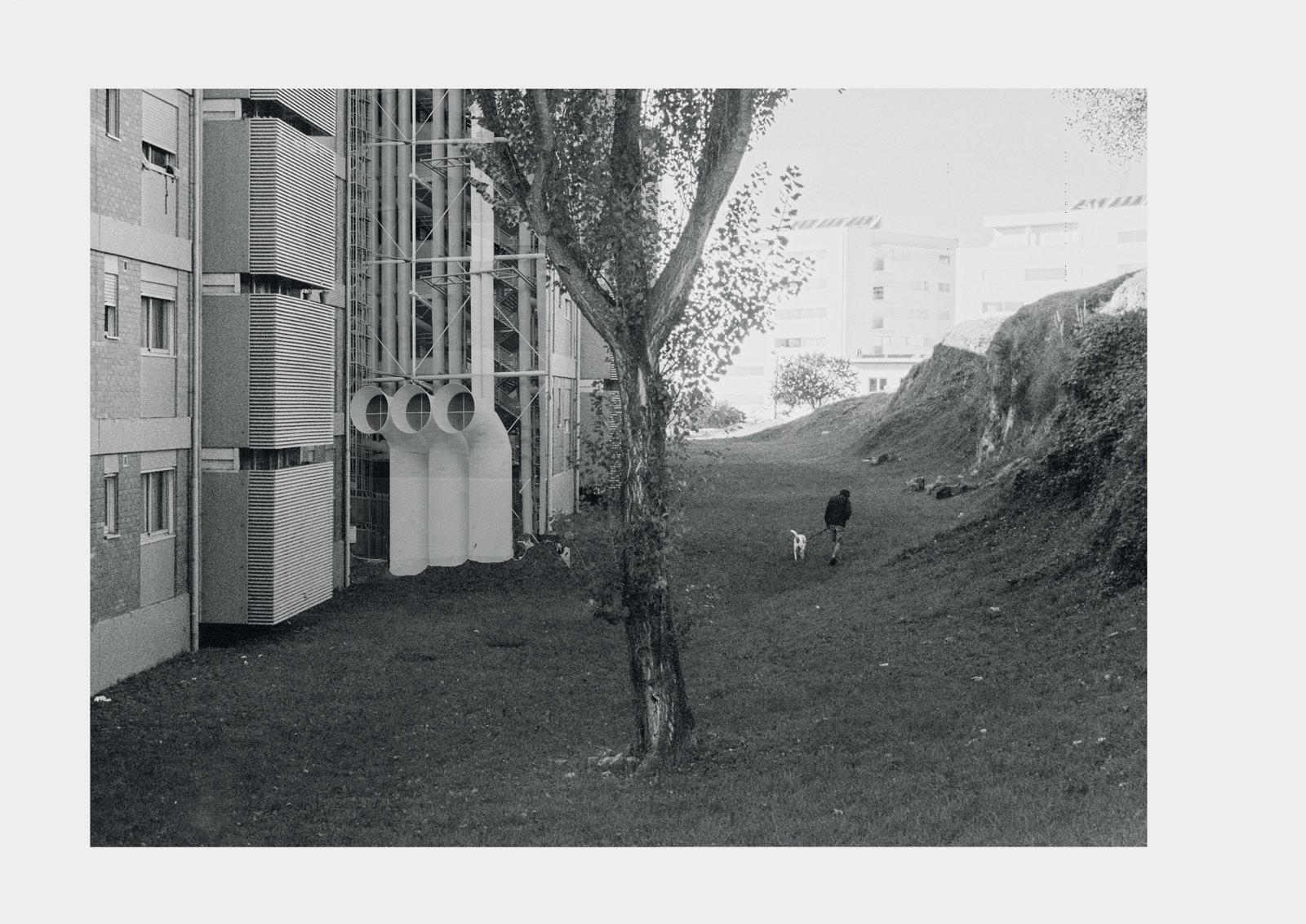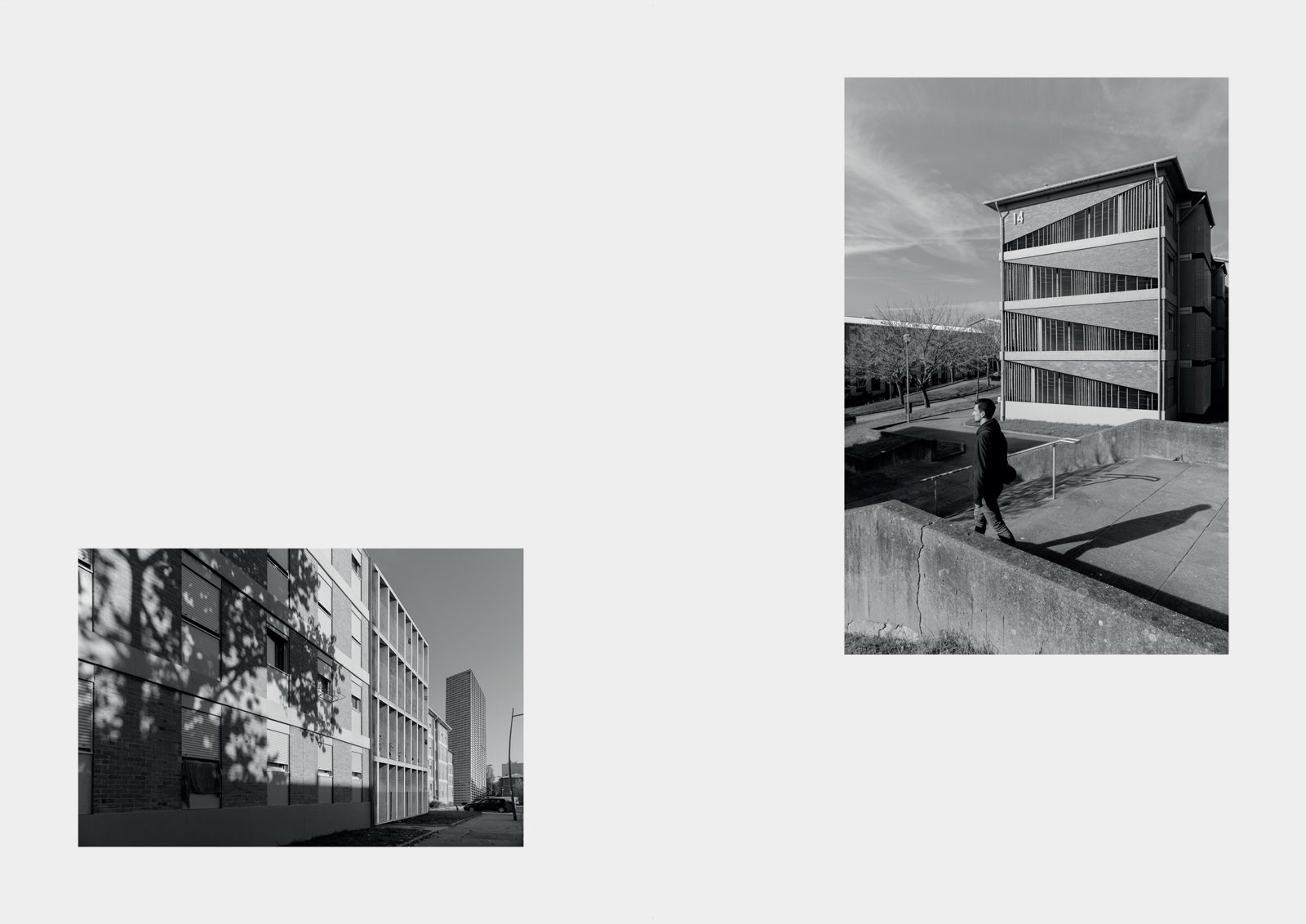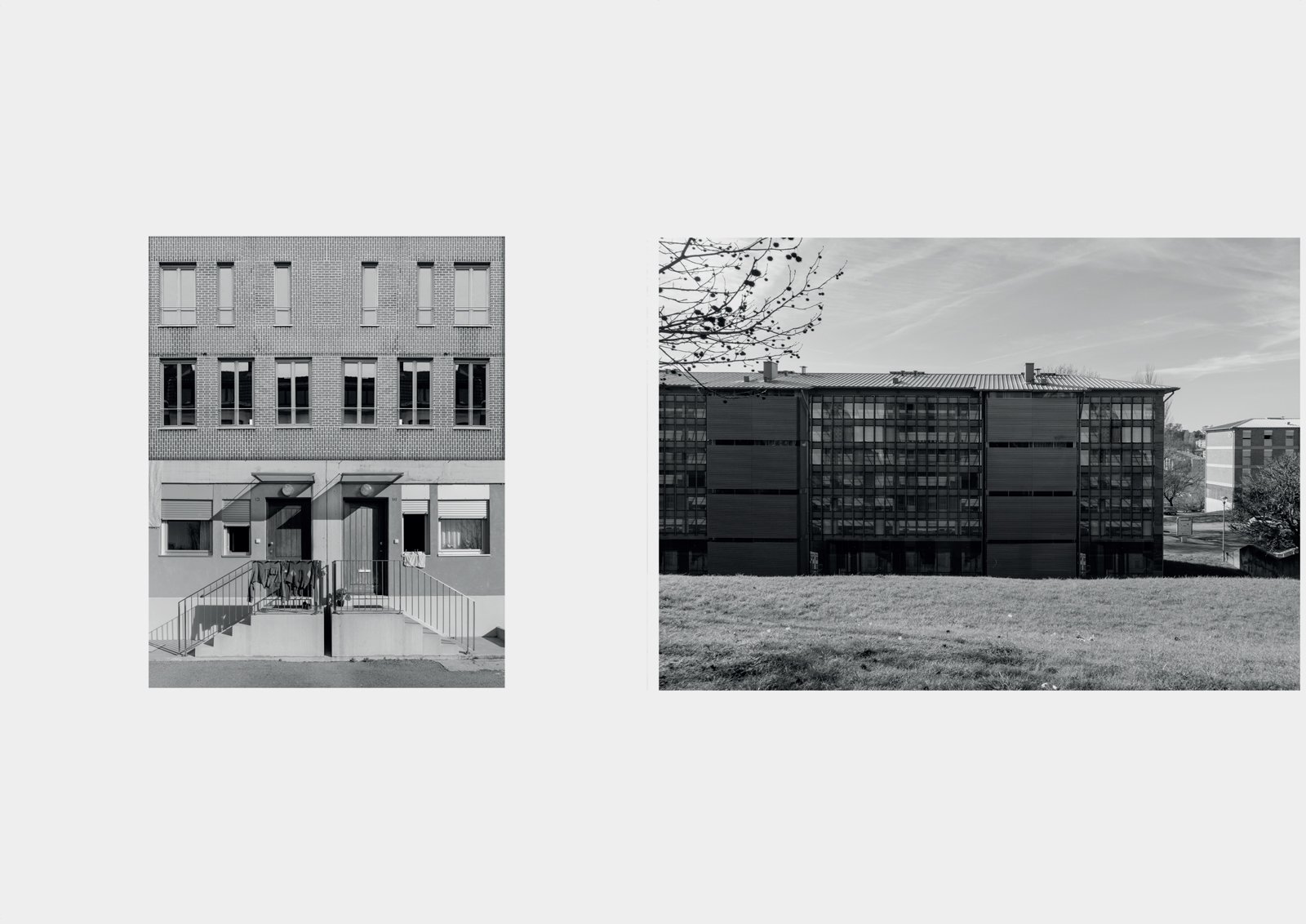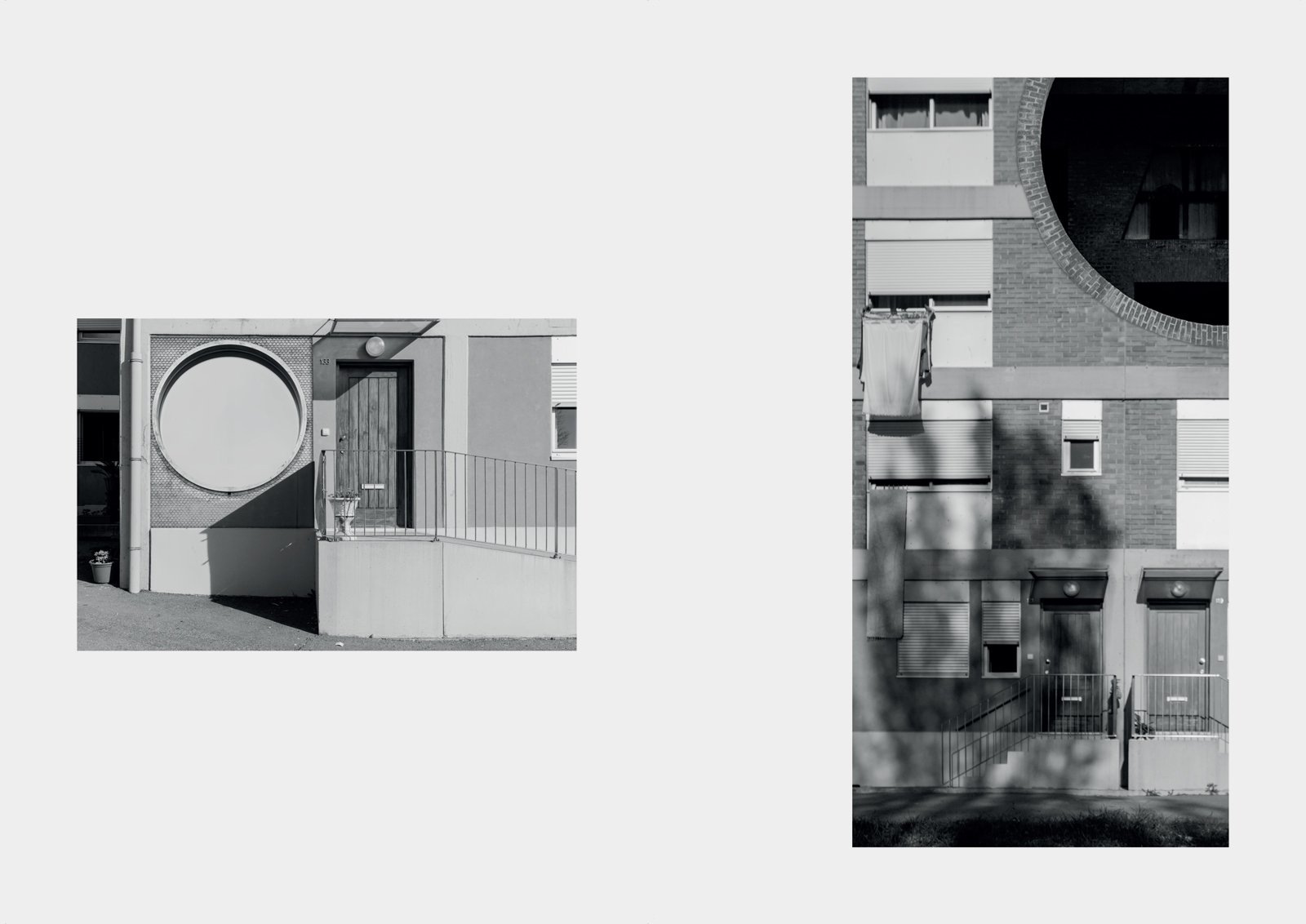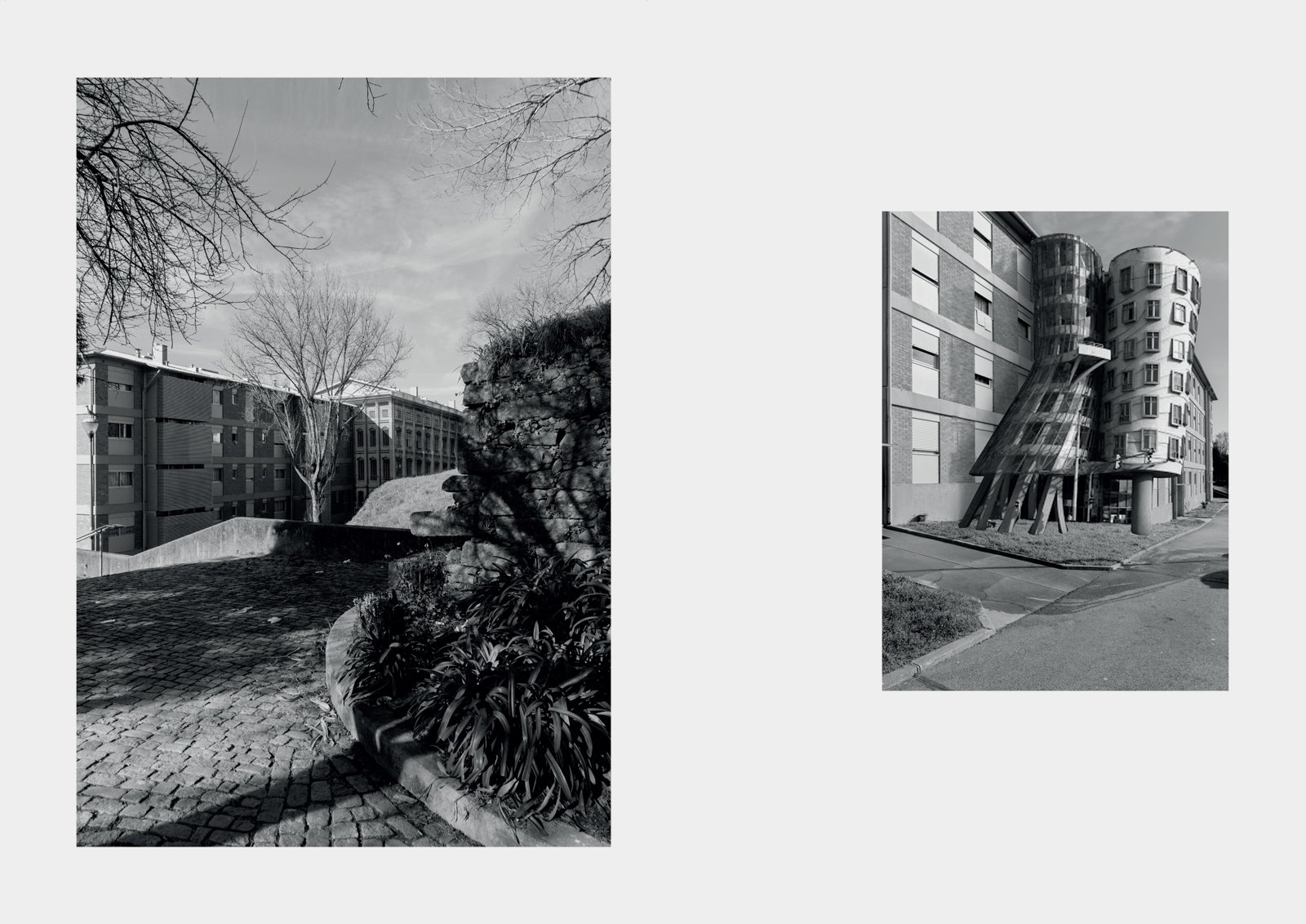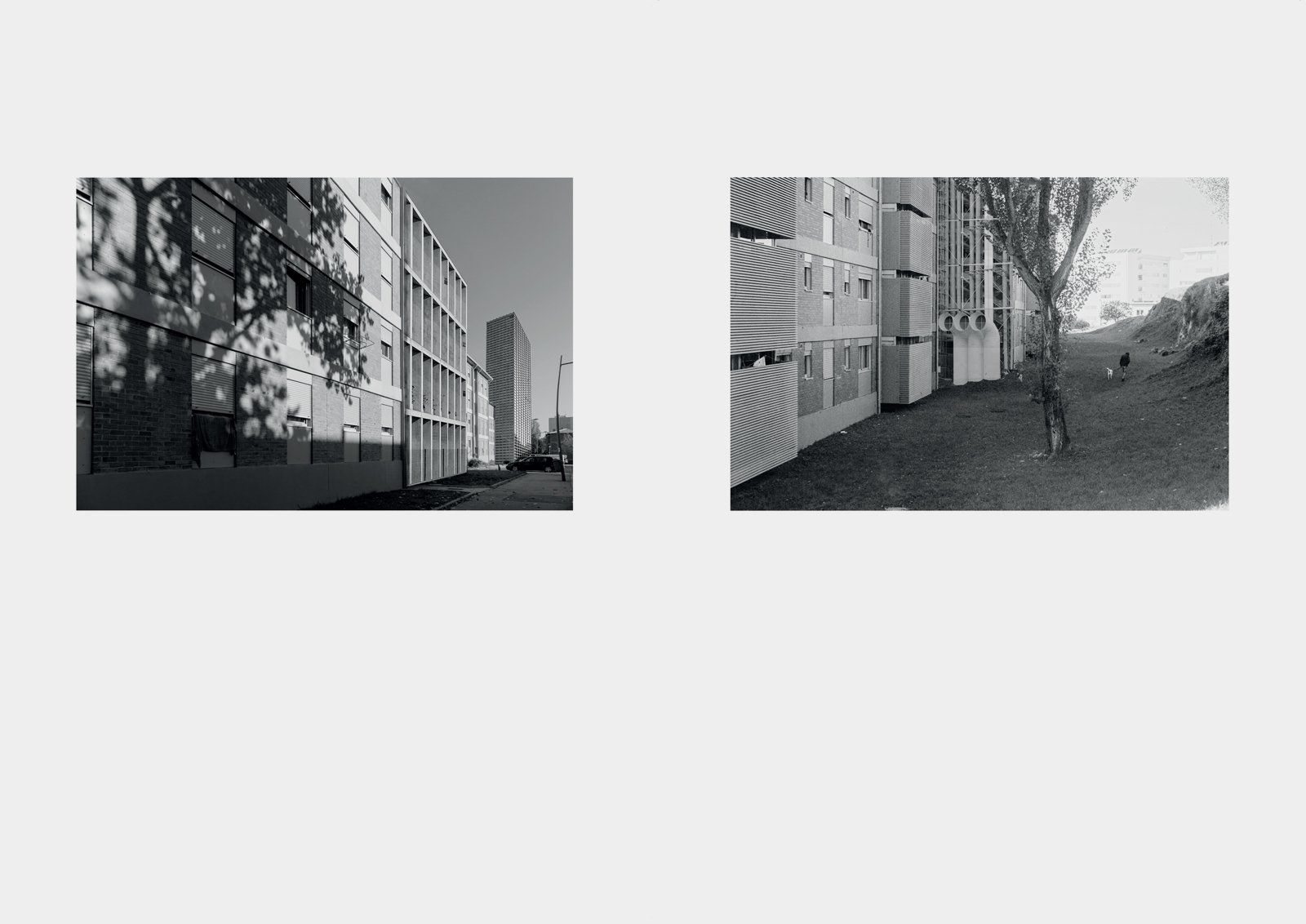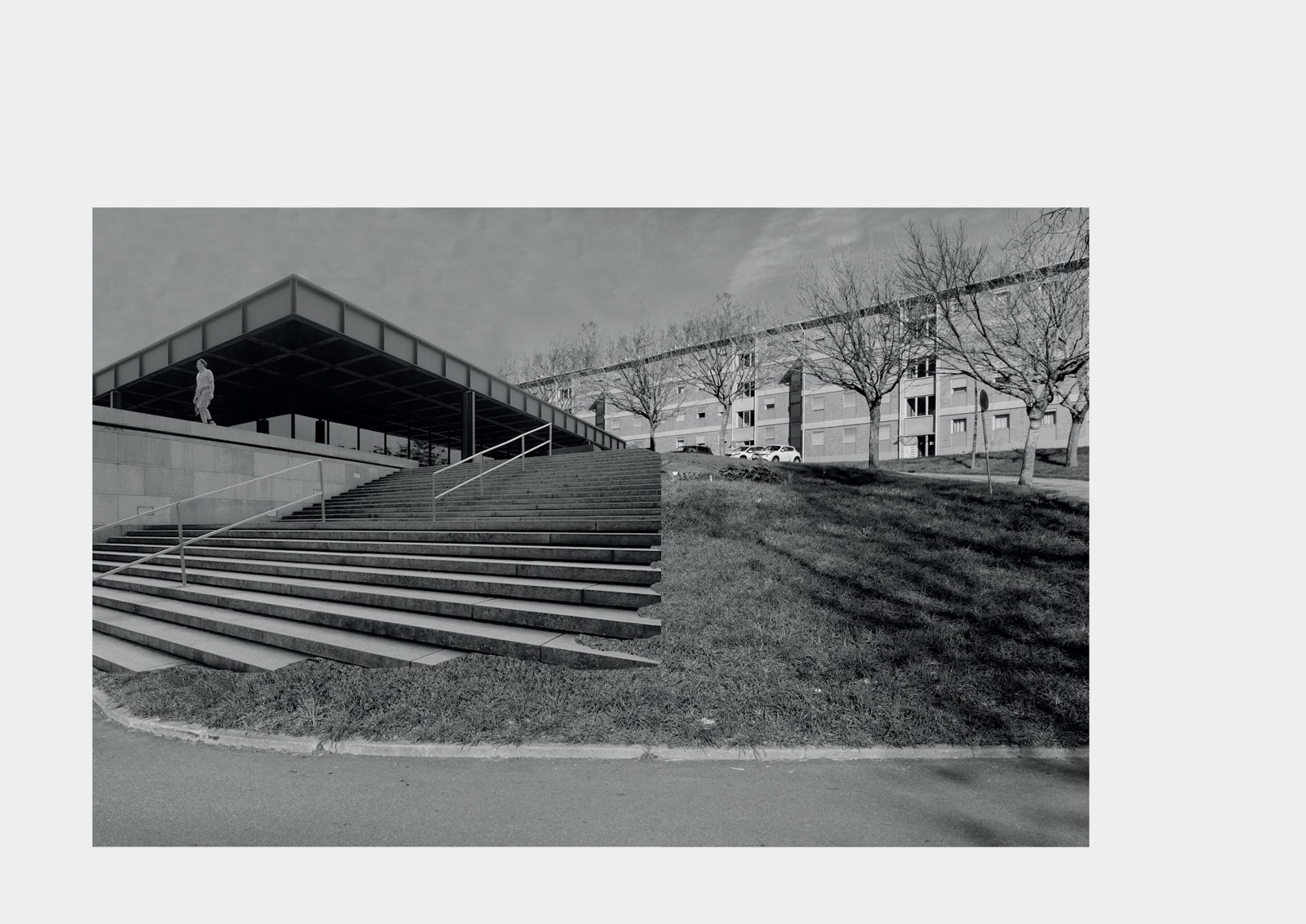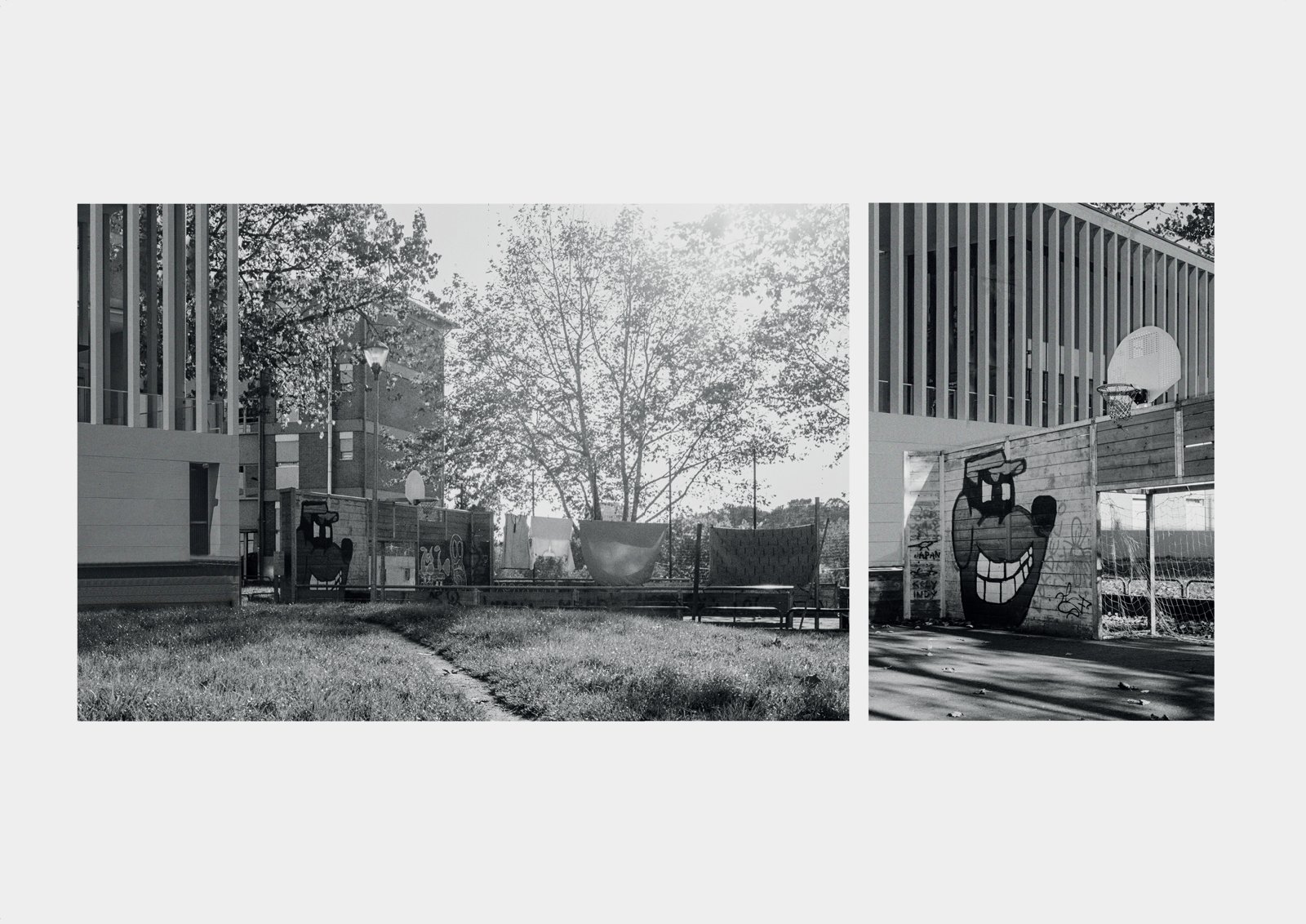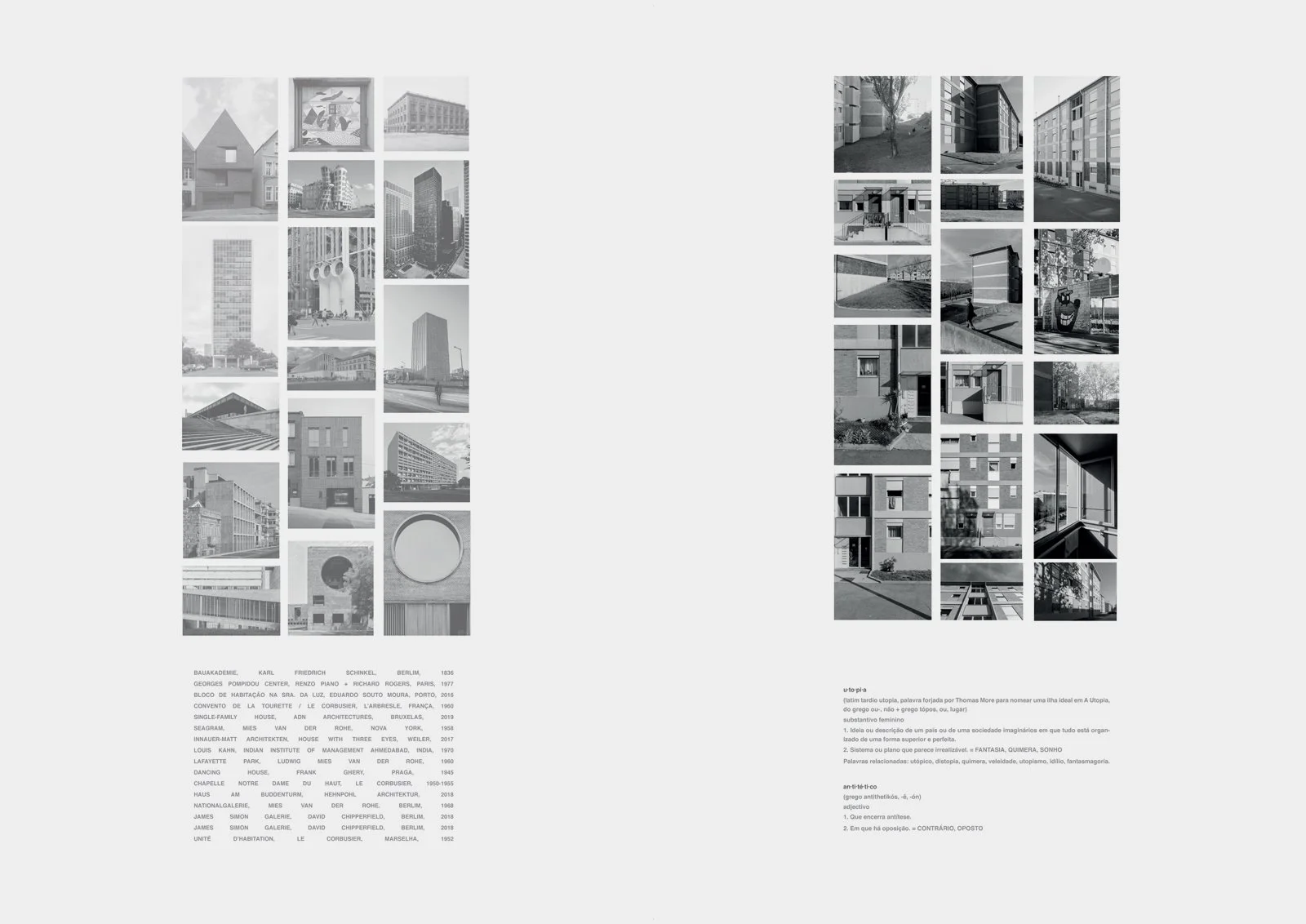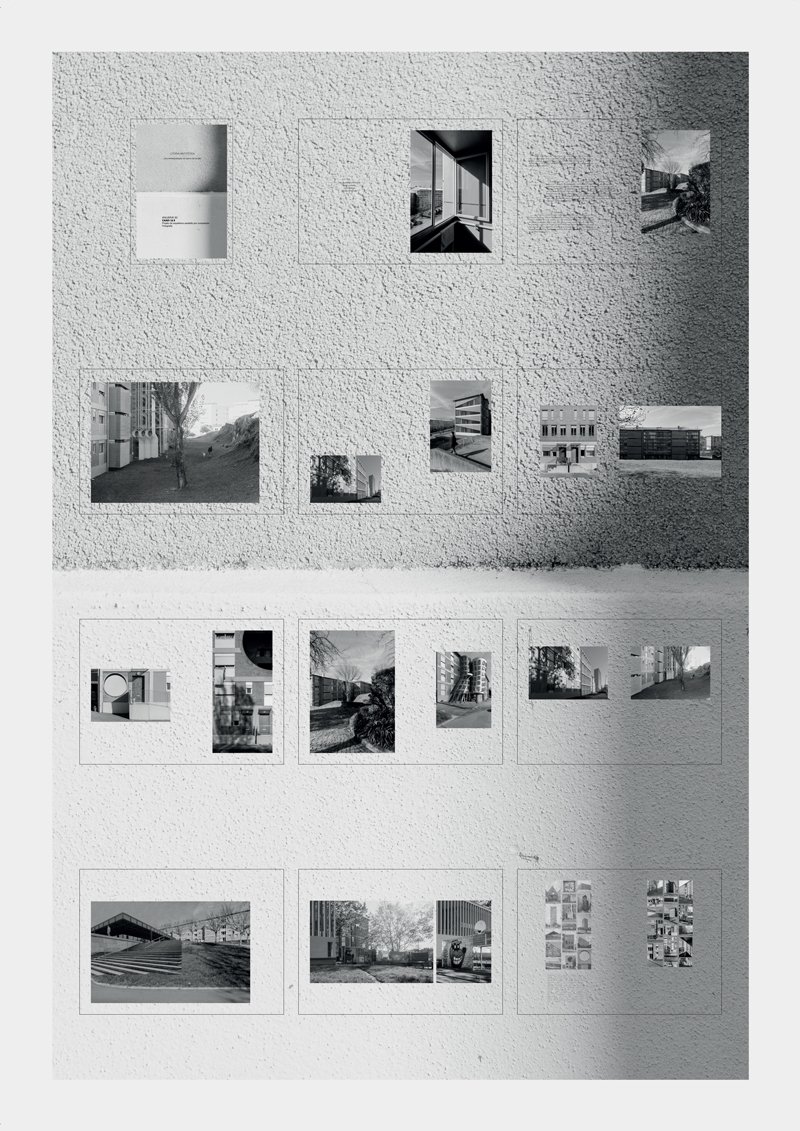ANTITHETIC UTOPIA: A REINTERPRETATION OF THE BAIRRO DO LORDELO
BY ANA MARGARIDA ANTUNES, HUGO OLIVEIRA, JOÃO SANTOS, MIGUEL CARVALHO
Since the beginning of mankind, architecture has been present, from the primitive hut, Egyptian buildings, Greek temples, arch and Roman theater, Renaissance palaces and churches criticized by the Baroque that would follow, the Neoclassicism of the century. XIX, even to the most paradigmatic architecture, the one so influenced by the Modern Movement.
Aldo Rossi says that architecture is not thought without the context of the city, just as the design of the city is not thought without architecture. The city is a collective work built over time, an accumulation of layers, cultures and knowledge, translated into buildings of various characteristics, distinguishing themselves among them by the historical period in which they were built. Despite the wide range of architecture that we see in today's cities, the city is mostly composed of houses and so-called 'exceptional buildings', hospitals, schools, museums, among others. As they are buildings with a greater functional character, they need to assume different languages and proportions than the rest of residential buildings.
Therefore, our intention is based on the desire to reverse the city's configuration and hierarchy. Starting from images of a mere set of social housing blocks, and imagining different scenarios that are based on the presence of exceptional architectures, side by side with what we call a conventional construction, the Lordelo neighborhood, in Porto. We intend to provoke, through each photomontage individually, the image of a city characterized by the added buildings, in which the building of exception would be, in this case, the housing block previously photographed.

